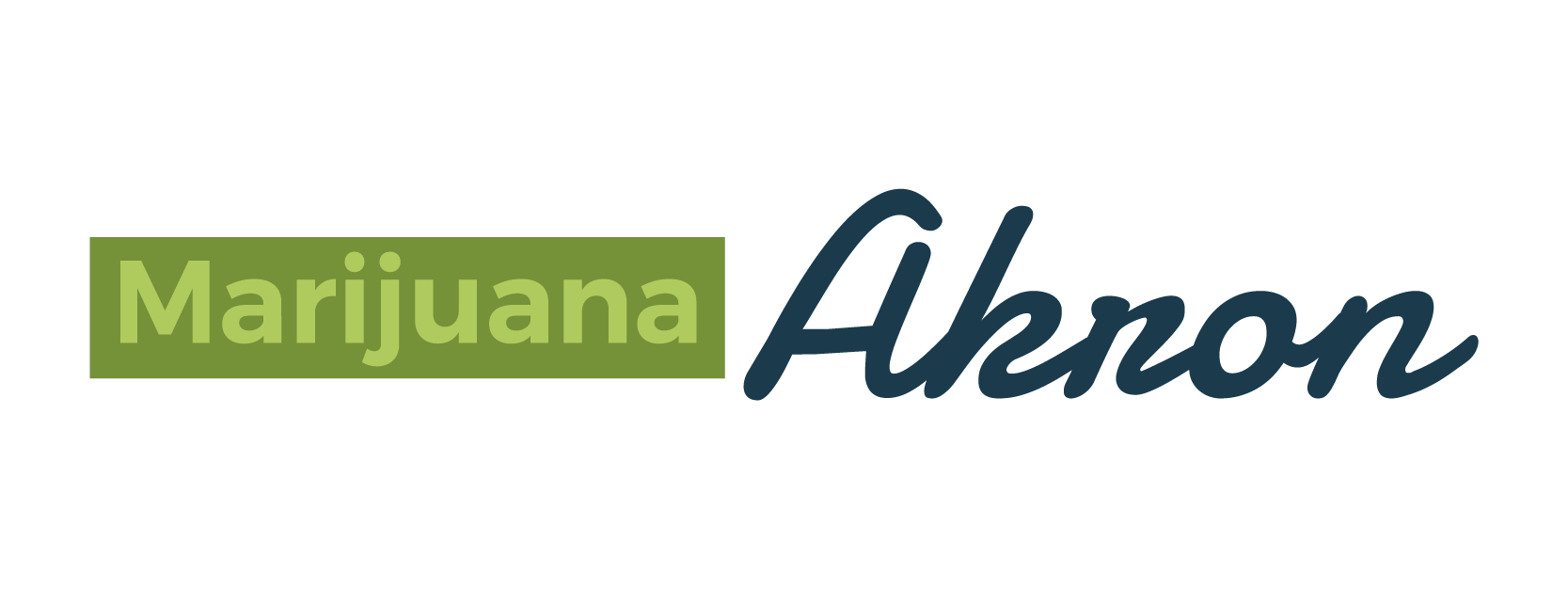A new consumer stepping into the world of cannabis finds themselves faced with labels dense in data, technical terms, and often unfamiliar symbols. Understanding these labels is not merely informative—it is essential for safety, dosage control, and ensuring the product aligns with one’s expectations and needs.
First and foremost, every label presents cannabinoid content—notably THC and CBD. THC (tetrahydrocannabinol) is the psychoactive compound that produces the “high,” while CBD (cannabidiol) is non-intoxicating and often sought for therapeutic purposes. Labels may list both the raw amount and the “total THC” or “total CBD,” which reflects the activated amount available when used as intended. Understanding whether amounts are shown per unit, per package, or by weight/volume helps consumers manage dosage—especially with edibles and concentrates.
Beyond cannabinoids, product type and format are always indicated—flower, vape, edible, tincture, and more. Each form has different onset times and durations. For example, edibles metabolize slowly and last longer than flower or vape products. Strain names, such as “OG Kush” or “Blue Dream,” may hint at lineage, but actual effects rely more on chemical profile than names alone.
Many labels now include a terpene profile—aromatic compounds like myrcene or limonene that may influence mood or effect. Terpenes contribute to aroma, flavor, and may modulate effects alongside cannabinoids. For consumers, this information helps move beyond strain names toward understanding the true nature of the experience.
Labels typically carry safety and regulatory markers—such as a universal cannabis symbol mandated by some jurisdictions, which warns that the product contains THC. In other regions, standardized warning symbols are required to promote uniformity and consumer safety. Licensed products also display batch numbers, testing dates, lab certifications, and sometimes QR codes that link to full lab results—assuring quality, safety, and transparency.
Moreover, labels often show harvest, packaging, testing, and use-by dates, which are key for freshness and potency. Knowing these dates helps the consumer choose fresher, more effective products. Cannabis flower, like any agricultural product, degrades over time, losing both potency and flavor.
Why is decoding all this information so important? Unfortunately, labeling isn’t always accurate. Studies have shown that a large percentage of cannabis flower products overstated THC content—likely because higher numbers can attract premium prices. Similarly, for CBD products sold online, a majority were inaccurately labeled, with some containing more, others less, and many even containing unexpected THC. This inconsistency poses real risks: mis-dosing, unintended psychoactive effects, or wasted money.
Consequently, educated consumers make safer choices. Reading labels carefully enables a consumer to select appropriate cannabinoid ratios, match product type with their tolerance level, avoid allergens or contaminants, and identify regulated, lab-tested products from trusted sources. It is also an important step toward building consumer literacy in a rapidly expanding industry that continues to evolve.
For new consumers, label literacy isn’t just about reading—it’s about empowerment. By decoding the information, consumers can shop with confidence, know what they are ingesting, and ensure that their cannabis experience is safe, reliable, and aligned with their needs.
